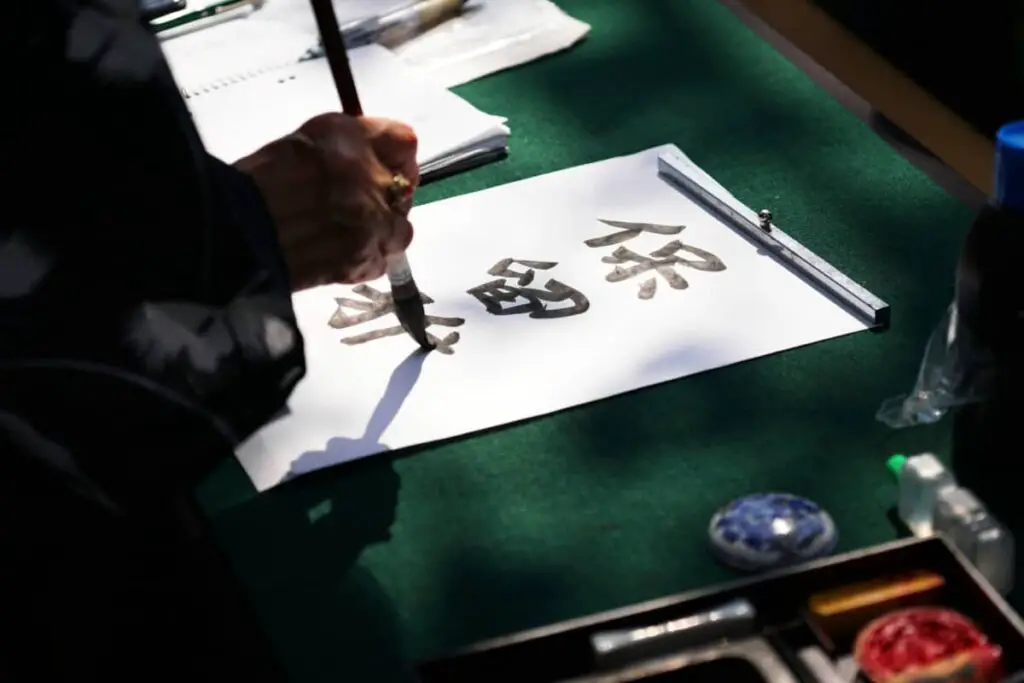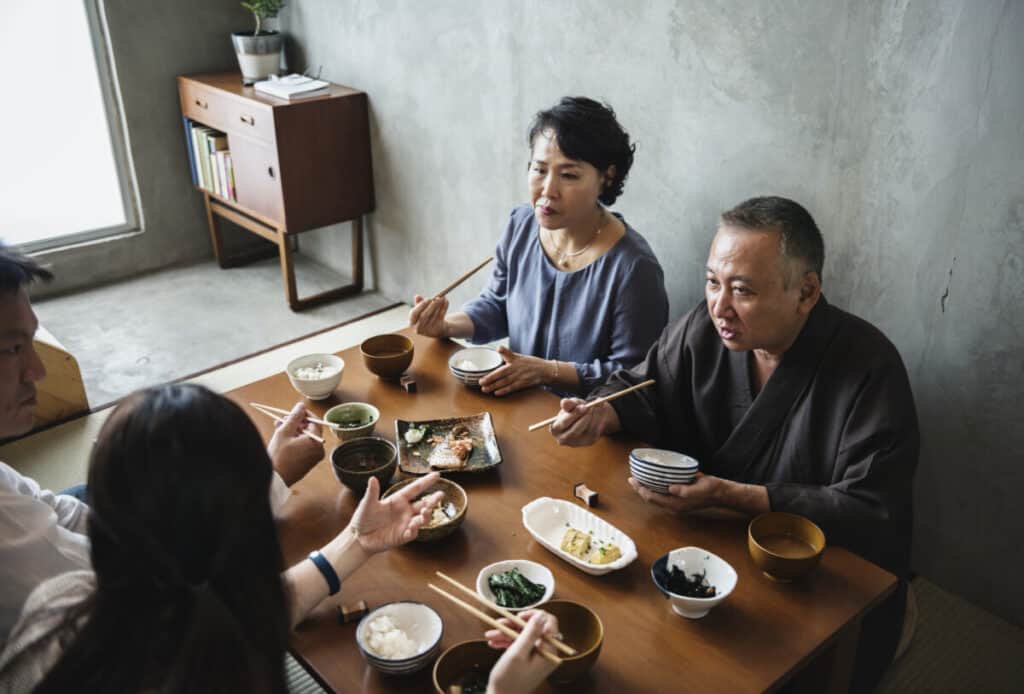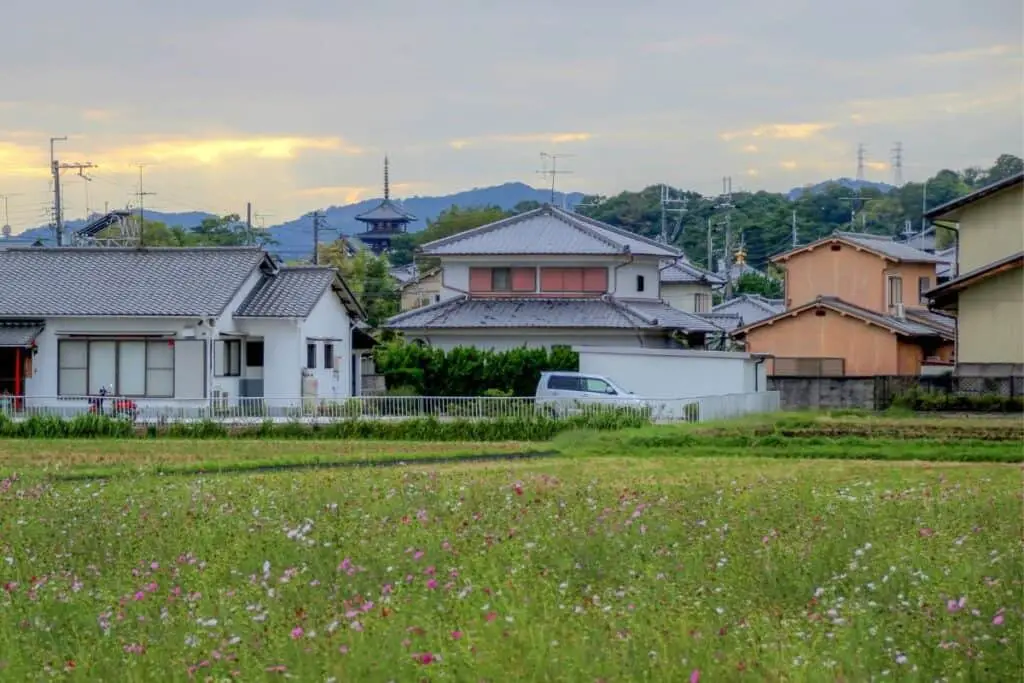Japanese is quite an intriguing language to learn, as they have many phrases with deep meaning and multiple ways of saying things. Japan also takes its customs regarding greetings very seriously.
When it comes to saying goodbye in Japanese, you have many options to choose from depending on the occasion or the person you are speaking with.
Knowing the difference between the many ways to say goodbye in Japanese is also important so you can avoid potential social blunders.

Ja Ne
Ja ne translates to the English equivalent of “see ya.” This is obviously a very informal way to say goodbye. It’s typically saved for those you are friendly with.
You would hear this form of goodbye being shared between people in Japan often, however, as it’s commonly used between people who know each other well.
Tanoshinde Ne
Tanoshinde ne is “have a good day” in Japanese. This is not a very common greeting in Japan. You might use this when you are leaving a shop or speaking with someone you know.
However, saying tanoshinde kite ne, which translates to “have fun,” is a more customary way to share this type of sentiment.

Otsukaresama Deshita
This is a form of saying goodbye that is typically saved for a professional environment. The closest phrase in English to otsukaresama deshita would be “thank you for your hard work.”
You would say this to a coworker or an employee to show your gratitude for the work they are currently completing.
It is also a way to say goodbye to someone after you have conversed with them, and they have told you about something frustrating or stressful that they have been dealing with at work.
Bai Bai
Bai bai translates to “bye-bye” in English, and it sounds very similar as well. This is considered a more feminine manner of saying goodbye to someone.

Osewa Ni Narimashita
Osewa ni narimashita means “thank you for everything.” This is considered a formal, professional form of saying goodbye.
This will usually be exchanged between a business person and their client, or between coworkers who have helped each other out on a project or other work task.
Another variation of this phrase that you will hear in business dealings is itsumo osewa ni natte orimasu. This means “thank you always for your continued support.”
You might hear this being used on a phone call when a person is speaking with a client or customer.
Saraba
Saraba means “farewell” in Japanese. This is not a form of goodbye that you will hear every day, however. This form of saying goodbye is typically saved for a farewell party, when someone is moving away or something of that nature.
Itte Kimasu
The phrase itte kimasu is how you would say “I’m leaving” in Japanese. When you are planning on leaving your home, this is how you would often say goodbye to your roommates or family members.
You will pretty much only hear this particular phrase when someone is leaving their house and not when they are leaving anywhere else.
Mata Ashita
Mata ashita translates to “see you tomorrow” in English. This is considered a casual greeting as well, which you would typically use with an acquaintance or a family member.
It may seem like a no-brainer to say this to a coworker or your boss, but there are more professional ways to say goodbye that are to be saved for those occasions.
This can be a tricky part of learning Japanese; Japanese people are very particular about formal and informal language.

Mata Ne
Similar to mata ashita, this translates to “see you later” in English. This casual goodbye is typical among close friends and family.
You will hear this a lot in Japan as well when participating in social functions amongst people who know each other well.
Osaki Ni Shitsureshimasu
This phrase is a long one, and it translates to “excuse me for leaving before you” in English. While this isn’t something you would say when conversing with someone in English, it’s a routine phrase in Japanese conversation.
Saying osaki ni shitsureshimasu when you are leaving your workplace is the polite way to let your coworkers, employees, and/or boss know that you are leaving work for the day.
It may seem awkward to essentially apologize for not working while others still have work to do, but it’s just the nice thing to say.

Ki Wo Tsukete
Ki wo tsukete means “take care” in Japanese. This phrase is not necessarily formal or informal. If someone is making their way home after visiting you, this might be one way to send them off.
If you know someone is going to be traveling through some harsh weather or road conditions, you might also say this to them to wish them well on their journey home.
Genki De
Genki de is how you would say “all the best” to someone in Japanese. This greeting is exchanged when you are seeing someone off as they are heading on a vacation or traveling somewhere.
You might also say this to someone who is moving to a new home that may be a long trip from your home.
Essentially, it’s saved for occasions where you will not be seeing someone for a long time, and you want to let them know you will be thinking about them and their well-being.

Saraba Da
Funnily enough, the closest translation for this regular Japanese greeting is adios, which is the Spanish term for saying goodbye. This used to be said quite regularly a long time ago in Japan.
While it’s not as typical to hear it now, you still might hear it from time to time. However, it’s considered very casual, so you only want to use this form of goodbye amongst friends.
Odaiji Ni
This phrase is how you would tell someone to “get well soon.” As can be expected, this phrase is usually spoken when you are visiting with someone who is ill or not feeling well, and you are getting ready to leave them.
You will also hear this phrase when you are leaving a medical appointment.
Mata Renraku Suru Ne
This phrase is a casual one exchanged between friends and family, and it means “I’ll be in touch later.”
You would say this to someone you are close with, as it comes with the responsibility of speaking with them soon, which you would usually only do with someone you actually want to talk to.

Tanoshikatta Desu
If you are visiting Japan and are receiving help from a stranger to find a particular landmark, or are learning about something interesting from them, you might say tanoshikatta desu to express that you had fun spending that time with them.
You can also say arigatou gozaimasu, which is another way to express thanks when you are leaving them. If you have started to develop a friendship with this person, you can say mata zehi, which means that you hope to see them again.
Ojama Shimashita
When you are leaving somebody’s home, you would usually say ojama shimashita. This means “thank you for having me over.”
You would also typically say this same phrase, just altered to present tense, to a person when you are entering their home. This present form is ojama shimasu.
This may seem confusing, but it is considered to be a privilege to be invited to someone’s home in Japan.
This phrase’s intention is to show your gratitude towards your host, and your hopefulness that you are not intruding or causing them any stress.

Sayonara
You have most likely heard this word before, whether or not you realized that it was Japanese. People in other cultures will commonly use this term to say goodbye to someone, but it’s actually not used in Japan.
Sayonara actually translates to saying “goodbye forever” in Japanese. Knowing this makes it quite obvious why it would never be used to say goodbye to someone, especially someone you plan to see again, or someone who is a part of your life.
The only time you might occasionally hear this phrase used is if there’s an established understanding between people that the word is being used as a joke, and there is actually no ill intent behind it.
If you were to say sayonara to someone in Japan, you’ll most likely get a confused look, and you could possibly even offend someone, although rarely.










